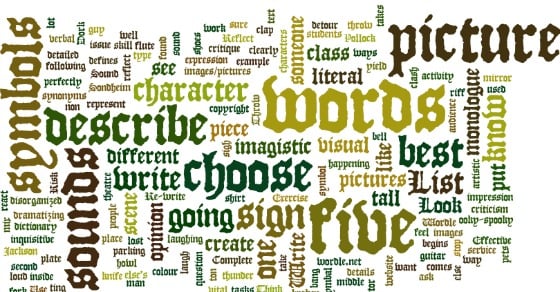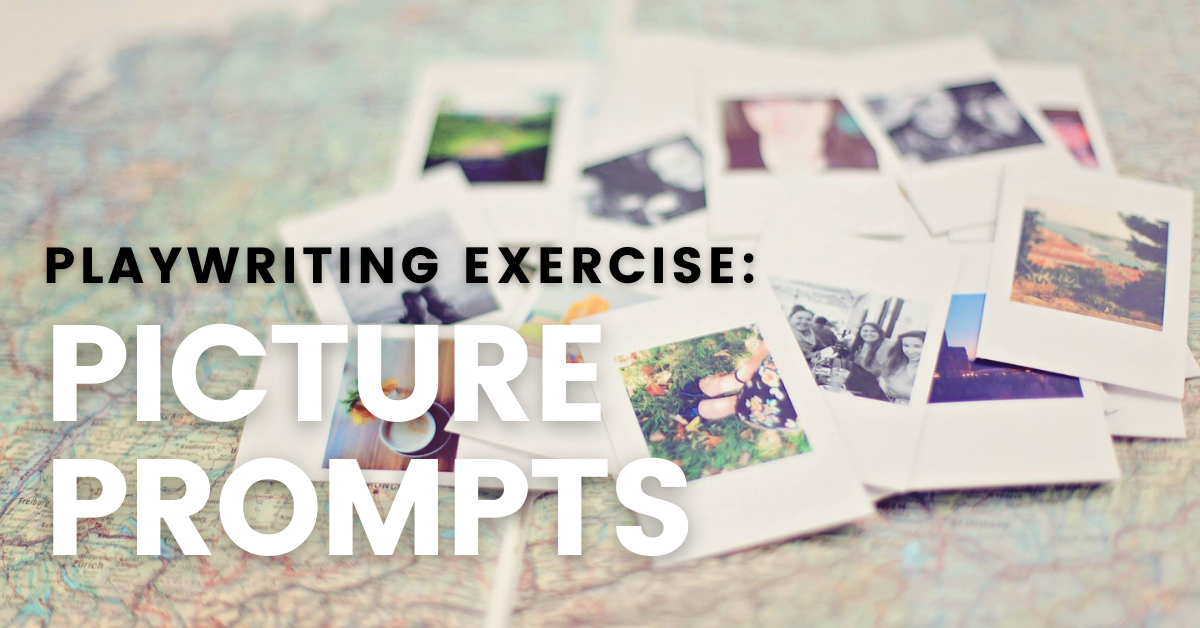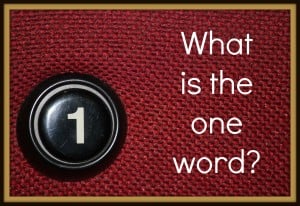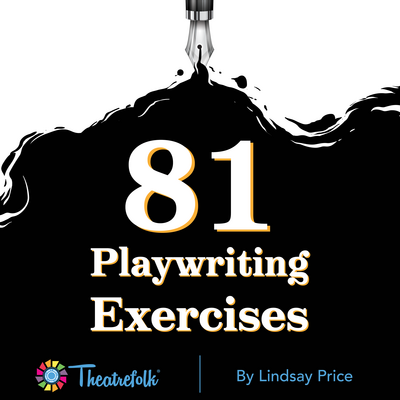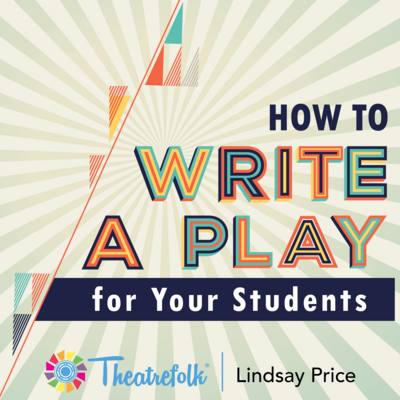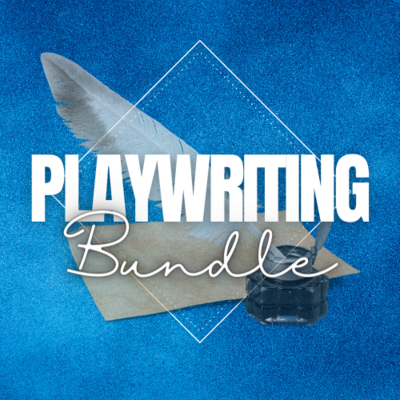Expression Exercise: Who Am I?
Who am I?
It’s a question not a lot of people ask. Who am I? What defines me? Effective artistic expression begins with you. If you’re going to write a well detailed character, you should know those details about yourself. If you’re going to write an opinion on an issue, you should know why you have that opinion. If you’re going to critique someone else’s work, you should know how you’d respond to the same criticism.
Exercise:
Complete the following tasks:
List five words that best describe you.
Think about these words. Look them up in the dictionary to make sure they describe you perfectly. Look up their synonyms and antonyms in a thesaurus.
Why did you choose these words?
Find five images/pictures that best describe you.
They don’t have to be literal (I’m tall so here’s a picture of a tall guy). If you feel that you’re disorganized, you could choose a picture of a mess of colour (like Jackson Pollock) or a messy room, or a broken plate, or a wall of graffiti.
Why did you choose these pictures?
List five symbols that best describe you.
Again you don’t have to be literal. Are you a stop sign? Are you a yield? Are you a no smoking sign? Are you a no shirt, no shoes, no service sign? A radiation sign? A cross? No parking? No pets? Information? Here is a website with a ton of different symbols.
Why did you choose these symbols?
List five sounds that best describe you.
Are you a howl? A flute note? A guitar riff? A bang? A thunder clap? The ting of a bell?
Why did you choose these sounds?
This is not an ooky-spooky “be one with yourself man” activity. To define yourself in these specific ways creates a visual imagistic picture of yourself. This is a vital skill when it comes to dramatizing characters. You want to write in an visual imagistic way so that an actor can clearly picture the character and so can an audience.
What do I do with all this?
If you’re doing this with a class, have students take all the images, sounds, words, and symbols and create a 30 second non verbal piece. Then have the class reflect on what they see. What impression does the piece create?
Write a monologue that takes place inside one of the pictures. What is happening? Are you in the picture or is it someone else? Throw one of your sounds into the middle of the monologue – what’s the effect?
Write a scene between a Symbol and a Sound. What type of character would each represent?
Re-write the scene and throw yourself into the mix. How would the symbol and the sound react to you?
Create a Wordle. Reflect on what it’s like to see a picture out of the different words. I’ve put my example below. Use wordle.net and put words in the text box. I used my five words, five sounds and described the five symbols.
Related Articles
81 Playwriting Exercises
by Lindsay Price
81 exercises that can be used to get students in the habit of writing on a regular basis.
How to Write a Play for your Students
by Lindsay Price
You’ve chosen to write a play for your students! Where do you start?
Resource Bundle - Playwriting
Use these 4 Playwriting drama teaching resources to make playwriting possible with your students. Great for warm-ups, prompts, writer's block and more!
